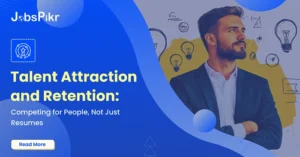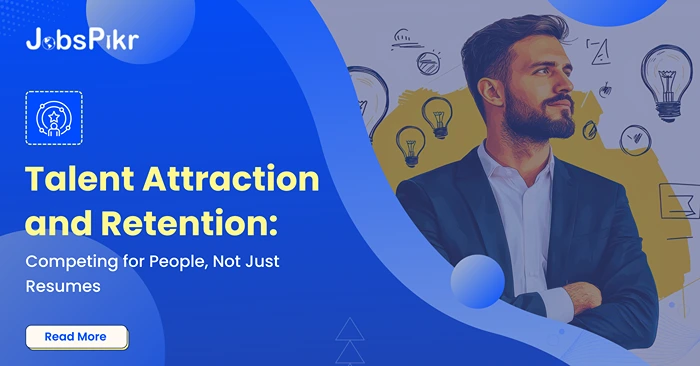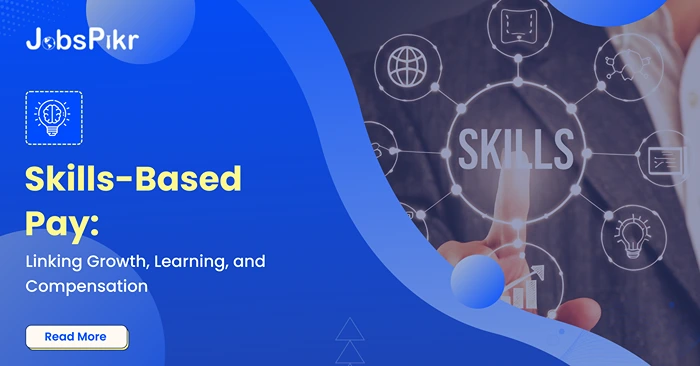In 2023, a fast-growing global technology company found itself losing ground in the talent market. While aggressively expanding its engineering and analytics teams across Europe and Asia, it consistently lost experienced candidates at the final stage of the hiring process. A significant number of candidates were declining offers to accept competing proposals that were, on average, ten to twenty percent higher.
Inside the company, frustration was building. Hiring managers blamed the budget. Finance blamed poor planning. HR blamed outdated benchmarks. The truth was simpler: the company’s compensation data was static in a market that moved every month. Roles like Machine Learning Engineer and Cloud Architect were evolving faster than annual reports could capture. New positions, such as Generative AI Specialist, did not even exist in the previous year’s surveys. The organization was not losing because it lacked money; it was losing because it lacked visibility.

The Challenge
The company’s pay model relied on an annual review process built around external salary reports. These reports arrived only once or twice a year and generalized salary data across broad industries. By the time HR could analyze and implement the data, it was already six to nine months out of date.
This information lag created a domino effect. Recruiters entered negotiations without reliable numbers. In-demand skill premiums shifted without being tracked. Managers began improvising during offers, leading to significant pay inconsistencies for teams doing similar work. The downstream effect on employee retention was predictable, as talented employees realized they were underpaid compared to the external market and began to exit.
This is not an isolated incident but a widespread affliction affecting organizations across diverse sectors. The challenge of building a competitive compensation strategy on a foundation of static benchmarks is a universal pain point, as seen across various industries.
| Client Archetype | Business Focus | The Core Compensation Challenge | The Strategic Consequence |
| Talent Intelligence Platform | AI-driven hiring solutions | “Gaps in accurate comp, especially in the UK.” | Compromised product credibility and analytics accuracy. |
| Enterprise HR Analytics | Compensation & market analytics for HR teams | “Outdated, static comp data.” | Inability to deliver timely, reliable benchmarks to clients. |
| Global Professional Services | HR consulting and risk management | “Existing survey solutions were outdated and slow.” | Inefficient research cycles and suboptimal strategic advice. |
| Global EdTech Leader | Academic publishing and upskilling | “Needed credible market info for benchmarks.” | Risk of curriculum irrelevance and diminished value. |
The Approach
Recognizing the systemic nature of its data problem, the company’s leadership formed a cross-functional coalition to redesign its compensation framework. They developed a new playbook for pay agility built on a foundation of real-time labor market signals, guided by four core principles:
- Continuous Data Refreshment: The team dismantled the legacy annual review cycle and replaced it with a system of monthly dashboards. This provided HR business partners and hiring managers with constantly updated visibility into pay bands, ensuring decisions were grounded in the most current market conditions.
- Skill-Level Benchmarking: The group recognized that the market pays for specific, in-demand skills, not just broad job titles. The new framework mandated a more granular approach, ensuring that pay was directly aligned with the specific skills that created the most value for the organization.
- Granular Geographic Adjustments: The previous model’s broad, country-level assumptions were replaced with a multi-factor model. This new approach adjusted salaries based on a nuanced understanding of local market dynamics, including cost of living, local talent density, and regional inflation trends.
- Predictive Analysis: The team integrated trend data to forecast how compensation for emerging and high-demand roles might evolve over the next six to twelve months. This predictive capability allowed the organization to proactively adjust its pay structures and talent strategies, preventing talent loss before it occurred.
Implementation
The new framework began with a pilot across three major talent hubs: Berlin, Bengaluru, and Warsaw. Each region had a different pay dynamic.
Berlin had seen median tech salaries rise by fifteen percent in a year. Bengaluru was witnessing bidding wars for data scientists and engineers. Warsaw had become a cost-efficient alternative hub that was catching up rapidly.
By aggregating and normalizing real-time data across these markets, the company saw patterns it had never noticed. A senior data engineer in Berlin earned roughly forty percent more than one in Warsaw, but Warsaw’s salary curve was rising three times faster. That single insight reshaped where the company planned to expand headcount.
Recruiters now had access to dashboards showing live salary medians by skill, level, and geography. They could see how far an offer sat from the market midpoint. They could identify which roles were trending upward and which were flattening.
The HR business partners trained recruiters to use these insights in live conversations with candidates. Instead of negotiating blind, they discussed ranges supported by actual data. Finance approved new salary bands in two weeks instead of eight because everyone worked from the same source of truth.
Lessons Learned
Agility is more valuable than precision. Updating benchmarks quarterly, even if imperfect, keeps a company ahead of those that rely on static annual data.
Skills determine pay. Job titles are too broad to capture real market value.
Predictive insights are a strategic advantage. Understanding where pay trends are headed helps prevent talent loss before it happens.
Shared visibility builds trust. When HR, finance, and hiring managers work from the same data, decisions become faster and fairer.
Real-time information saves money. Knowing when you are overpaying is as powerful as knowing when you are underpaying.
The Role of Data
This transformation depended on consistent access to live labor market intelligence. By integrating real-time job posting and salary data, the company began to uncover profound patterns that had been previously invisible.
A pilot program across Berlin, Bengaluru, and Warsaw yielded a transformative insight. While data confirmed that a senior data engineer in Berlin earned 40% more than one in Warsaw, trend analysis revealed that Warsaw’s salary curve for the role was rising three times faster. This intelligence reshaped where the company planned to expand headcount, elevating the compensation function from a tactical support role to a primary input for C-suite-level corporate strategy.
Operationally, recruiters who had been “negotiating blind” were now equipped with interactive dashboards showing live salary medians. This changed negotiations from adversarial, opinion-based discussions to collaborative, fact-based conversations. As transparency and data fluency improved, the finance department could approve new salary bands in just two weeks—a 75% reduction from the eight-week cycle of the past.
Outcome
The implementation of the new framework yielded clear, quantifiable results within two quarters:

- Offer Acceptance Rate: Increased from 67% to 89%, as offers were precisely aligned with current market ranges.
- Internal Pay Equity: Pay-band variance across different departments and regions dropped by 65%, reducing compliance risks.
- Talent Retention: Attrition within core engineering and analytics teams dropped by 12% year-over-year.
- Financial Optimization: The data also revealed markets where the company was overpaying. The savings generated by correcting these imbalances were substantial enough to offset the entire cost of building the new system.
Conclusion
The company turned compensation from a backward-looking exercise into a forward-looking strategy. It no longer reacted to market shifts after losing candidates; it anticipated them. Every quarter now begins with a joint meeting between HR, finance, and business leaders where they review current pay data and proactively adjust salary ranges.
The result is an organization that can compete for talent anywhere in the world with confidence. The company’s compensation program is no longer a guessing game based on historical artifacts. It is a living system that evolves as fast as the market does.







